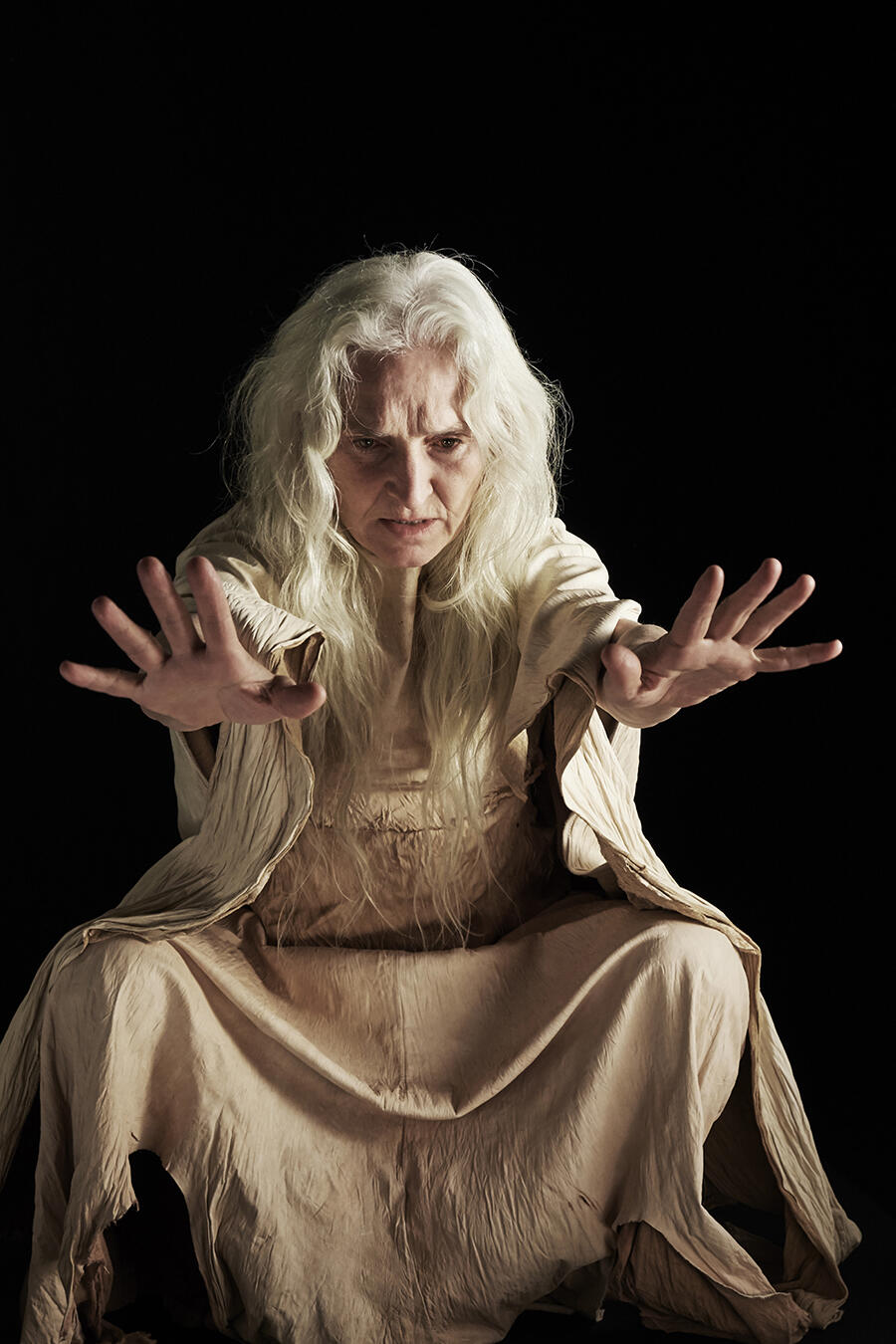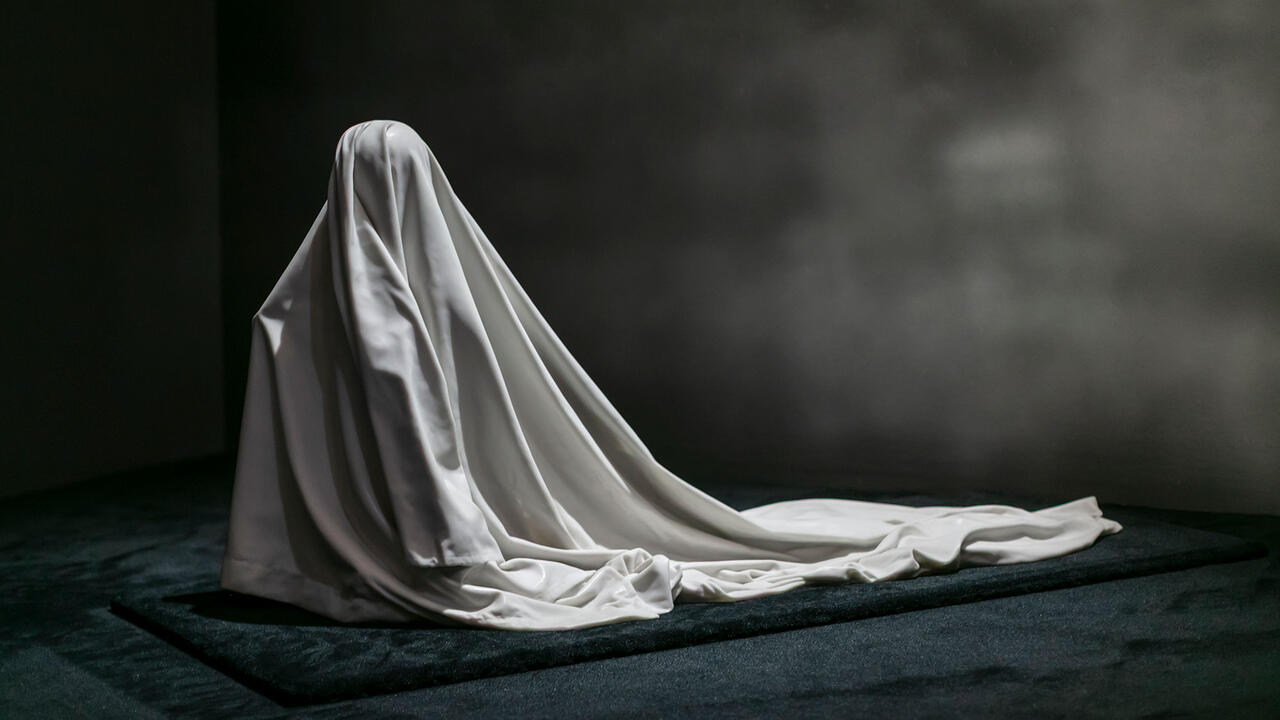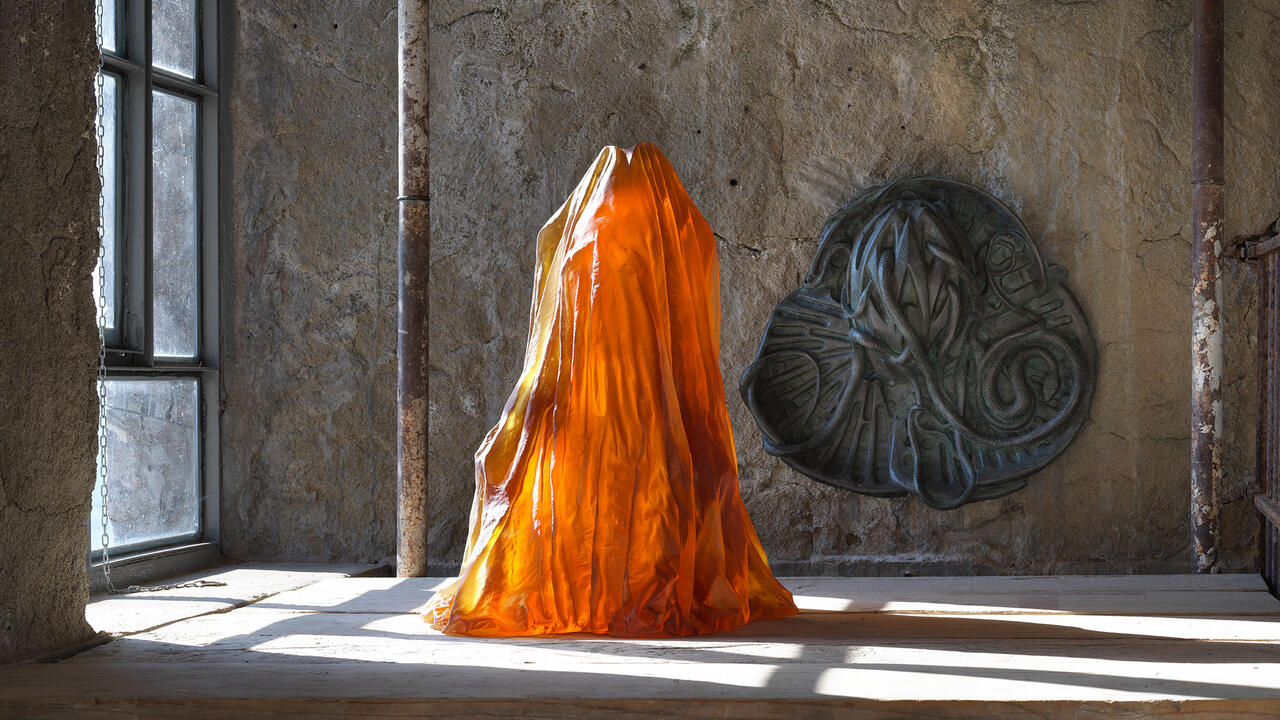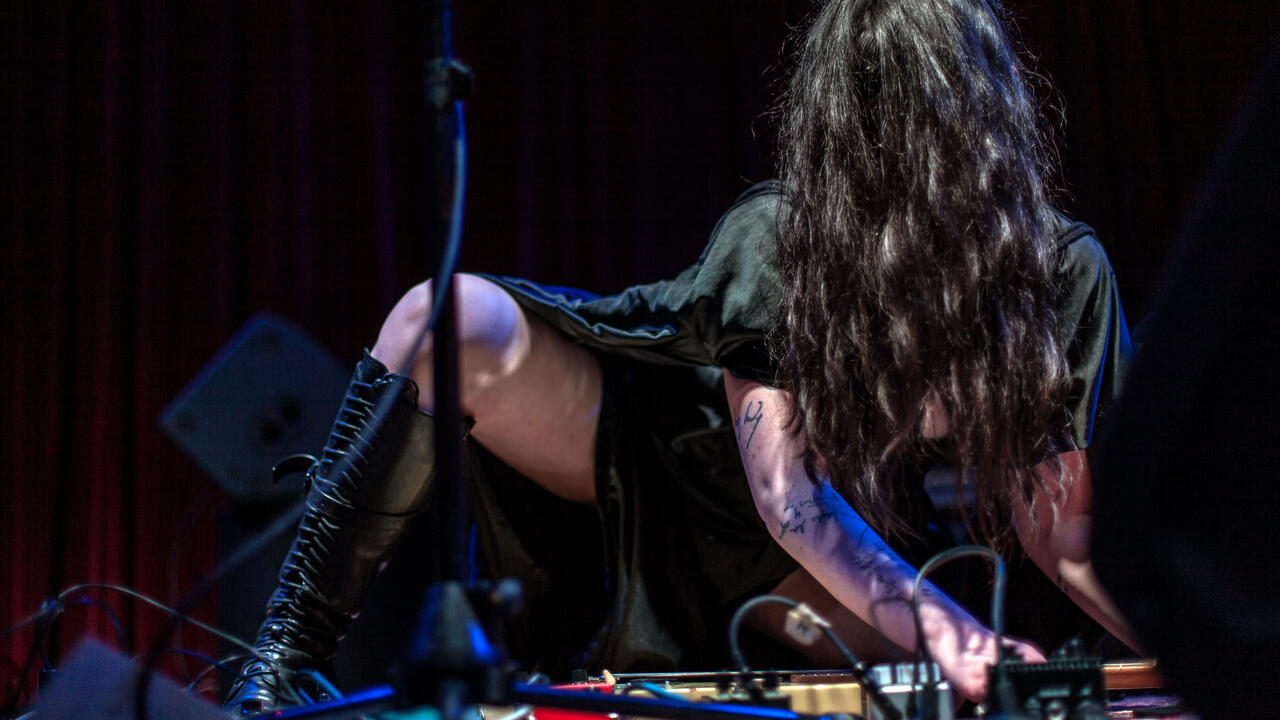How Witchcraft Continues to Cast its Spell on Artists’s Magical Thinking
‘Spellbound’ at the Ashmolean Museum, Oxford, traces magic and ritual from the Middle Ages to today
‘Spellbound’ at the Ashmolean Museum, Oxford, traces magic and ritual from the Middle Ages to today

In Glastonbury last weekend, a tarot card reader in a plumed hat heckled a Hare Krishna procession mustered outside St John’s churchyard. As legend has it, St John’s was founded by Saint Dunstan in the tenth century. Behind the tarot reader yelping ‘hare hare bacon sarnie’ and waving her sandwich at the chanting throng was a specimen of the Glastonbury Thorn, a type of hawthorn tree said to have sprouted from the staff of Joseph of Arimathea. Today this Somerset churchyard is the axis of a high street in which Buddhism, crystal healing, goddess worship, Wicca, Sufism and occult sects are represented alongside emporia offering fairy paraphernalia, incense, felt pixie hats and kaleidoscopic stoner mobiles.

We occupy a world in which magic of many flavours flourishes. As the Ashmolean Museum’s new exhibition ‘Spellbound: Magic, Ritual & Witchcraft’ illustrates, it has done so alongside conventional religious and medical practice since the Middle Ages. The show in Oxford opens with half a dozen question and object pairings. The sticky remains of a toad pierced with thorns asks: ‘does performing rituals stop you feeling anxious?’ A coral brooch of the archangel Michael overcoming the devil: ‘Do you have a lucky object?’ A leaning ladder: ‘do you worry about tempting fate?’
Magical thinking today is not just the trace of historical tradition but something constantly remade. At its most vogueish it exists in high fashion manifestations such as the lovingly art directed magazine Sabat that ‘fuses witchcraft and feminism’ and the crystal-infused water bottles promoted by Gwyneth Paltrow’s goop lifestyle brand. It also generates new rituals, such as the lovers’s padlocks clipped to the struts of bridges.

Artists Ackroyd & Harvey, Katharine Dowson and Annie Cattrell have each created new works for ‘Spellbound’, responding thoughtfully to the diverse historical works. Ackroyd & Harvey present a crystalline evocation of the human soul laid before a heaven thronged with angel wings, above base metal demons in a sulphurous funk. Dowson’s pierced glass heart coruscated mysteriously within a chamber bedevilled with ominous scuttling. A film of smoke and flame from Cattrell suggested the wildfire-like spread of disapproval that might erupt once the flame of dissent was lit.
Out in the wild, art and magic do not maintain such critical distance. Linder’s recent exhibition at Nottingham Contemporary placed early spirit photography alongside Mike Kelley’s Ectoplasm Photographs (1978), making explicit connection between the manipulation of photographs for supernatural effect with the created art image. Much performance draws heavily on New Age and occult ritual, from Marina Abramović’s crystals and trance states, to Tai Shani’s Dark Continent: SEMIRAMIS (2018) a masque-like performance with incantation and arcane objects.

The first section of ‘Spellbound’ explores the Medieval cosmos: angels dance across the pages of the Ars Notoria: a book of angelic magic written in Northern Italy in the 12th century and popular with monks, but thought, by its critics, a route to damnation. A 16th century Sigillum Dei seal discovered at Devil’s Dyke in Cambridgeshire was used to gain a vision of God and to summon spirits.
In the early years of the century in which Leonardo was to sketch out his Vitruvian Man (c.1490), a bald gent in blue briefs was drawn in a similar position at the centre of a circle crossed with intersecting lines. This Microcosmic Man detailed the relationship between human body and cosmos, suggesting the influence of planets and zodiac on ankle or spleen.

Plus ça change. Whether we blame Saturn’s returns and Mercury’s retrograde or select from the catalogue of conspiracy theories pullulating online, 500 years on, we still crave neat solutions to life’s unanswerable questions, systems by which to ‘understand’ things beyond our ken, and the comforting illusion of control. Such contemporary theisms are needled in James Bridle’s Autonomous Trap 01 (2017): a salt circle composed of glyphs that resemble a mystic form, designed instead to confuse a self-driving car into paralytic stasis.
At the Ashmolean, the central dark room is dressed with ‘chimney places’ large enough to reveal talismanic treasures if you stepped inside and gazed up. There is some grossness: objects discovered cached around homes from the early modern period include the dried body of a cat, warding off vermin from beyond the grave; an iron knife shoved in the thatch to repel supernatural intruders; ox and sheep hearts stabbed with nails to kill the witches that had enchanted them.

The burning of sage; adornments with dream catchers and nazar; trust in firewalls, nanny cams and smart security devices: all are contemporary manifestations of such everyday magical thinking focused on the protection of the home. The art world is home to its own shamanic practice, from AA Bronson ritually brushing the street outside Maureen Paley’s gallery in London, to Donna Huanca scenting her performance spaces with palo santo, and Serena Korda suspending a porcelain mushroom fairy ring from the ceiling of Glasgow School of Art.
Prurient and horrifying prints by Jacques de Gheyn and Durer accompany lucky charms, stabbed dolls and spell bottles in a final section on witches. Whether wenches or crones, witches tend to be naked in art: their power apparently stemming from terrible appetites that extend both to sexual promiscuity and baby eating.

Curators of historical exhibitions are perhaps not permitted to speculate on why both attractive young women and forthright older ones were thus vilified, but artists can. First shown at the 2017 Venice Biennale, Jesse Jones’s Tremble, Tremble (2017) approached the witch as a proto-feminist archetype – a figure feared and condemned by the patriarchy for her suggestion of recalcitrant power. Connecting the witch-hunts of the past to those of the present day, its fiery call to arms and historical critique felt absent at the Ashmolean: Tremble, Tremble was an exercise in artists’ magical thinking, imagination making leaps where documentary investigation cannot.
‘Spellbound: Magic, Ritual and Witchcraft’ runs at the Ashmolean Museum, Oxford, until 6 January 2019.
Main image: ‘Witches’ ladder’, found in the roof of a house in Wellington, Somerset, 19th century, bird feather and string, 800 cm. Courtesy: Pitt Rivers Museum, University of Oxford





















